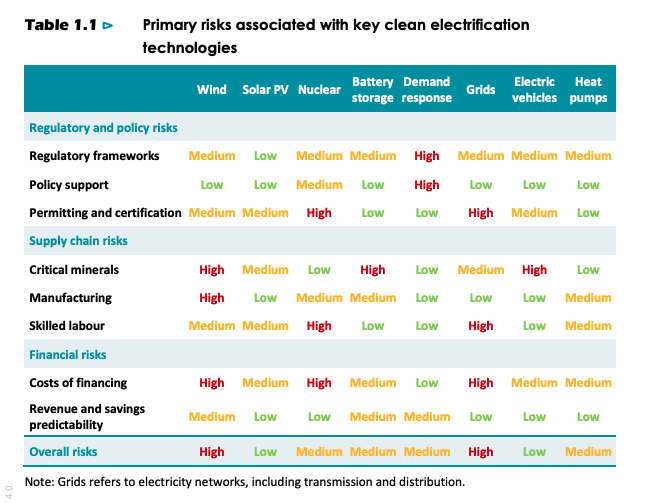“Scaling up battery storage would be crucial in most cases to improve the alignment of solar PV output with electricity demand patterns and system needs,” the report said.
“In the NZE Solar Case, utility-scale battery deployment in 2030 is close to double the level in the
STEPS. Measures to modernise and expand networks, facilitate demand response and boost
power system flexibility would also be necessary.”
In the NZE scenario, deployments are close to 200GW, while in the STEPS scenario it is only around 100GW.
The report also contained a table detailing the major risks associated with each segment of the clean energy transition, with battery storage having a high “critical minerals” risk, with low-to-medium ones elsewhere.
Including electric vehicles, demand for lithium is set to grow five-fold by 2030 under the STEPS scenario and sevenfold in the Announced Pledges Scenario, the middle scenario between STEPS and NZE.

For a deep-dive into the solar figures in the IEA’s report read coverage on our sister site PV Tech here.

